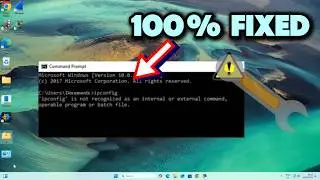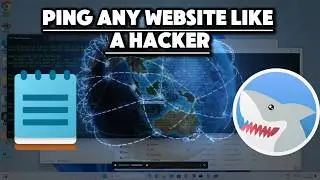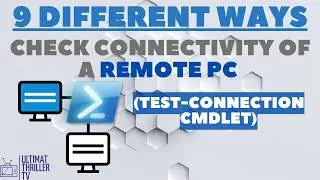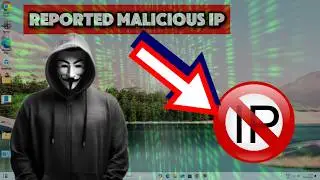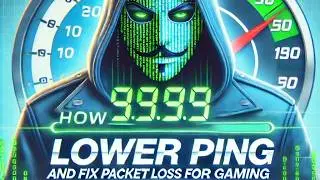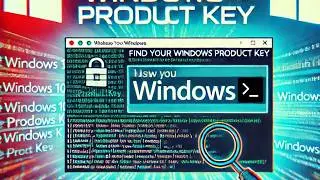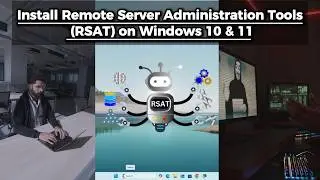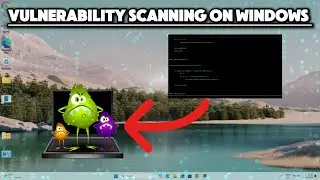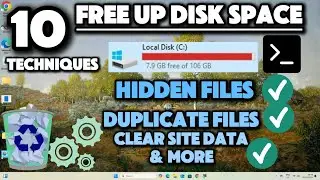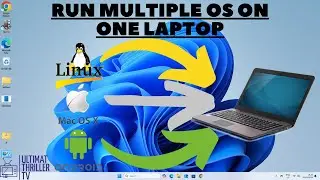PowerShell Malware Analysis: 8 Essential Commands for Cybersecurity Professionals
Welcome to our comprehensive guide on Analyzing Malware Using PowerShell Commands. In this video, we delve into the complex and sensitive process of interacting with potentially harmful code using PowerShell. We’ll walk you through 8 essential PowerShell commands and techniques used by professionals for malware analysis.
We start by showing you how to run PowerShell as an administrator. Then, we dive into the following commands:
Get-NetTCPConnection: Learn how to retrieve information about active TCP connections and identify unusual network activity caused by malware.
Get-NetUDPEndpoint: Discover how to monitor active UDP endpoints and detect anomalous traffic patterns indicative of malware.
Get-Content: Understand how to read the contents of suspicious files where malware may store sensitive data.
Get-WmiObject: See how to retrieve system information that could reveal indicators of compromise.
Get-ChildItem: Find out how to list files and directories in a specified location to inspect file system changes caused by malware.
Get-EventLog: Learn how to retrieve event log entries that provide information about system activities related to malware.
Get-Process: Discover how to list all running processes on the system to identify suspicious processes associated with malware.
Test-NetConnection: Understand how to check network connectivity to a specified server and port, useful for identifying potential command and control servers used by malware.
Each command is explained in detail, with practical examples and real-world applications. Whether you’re a cybersecurity professional or a tech enthusiast, this video will equip you with the knowledge to analyze and combat malware effectively.
Don’t forget to like, share, and subscribe for more cybersecurity tutorials. Leave a comment if you have any questions or suggestions for future videos. Happy analyzing!
#PowerShellMalwareAnalysis
#CybersecurityCommands
#MalwareAnalysisTechniques
#SecurityProfessionals
#PowerShellCommands
#MalwareDetection
#ThreatAnalysis
#CybersecurityTips


![Вулверхэмптон vs Гамбург [game 2, bo 2] MC VULKAN FIFA SERIES](https://images.videosashka.com/watch/oh2u69sy29Y)



![Como DUBLAR seus Vídeos com IA em qualquer Idioma [GRÁTIS]](https://images.videosashka.com/watch/NzXwPbo4Djo)

